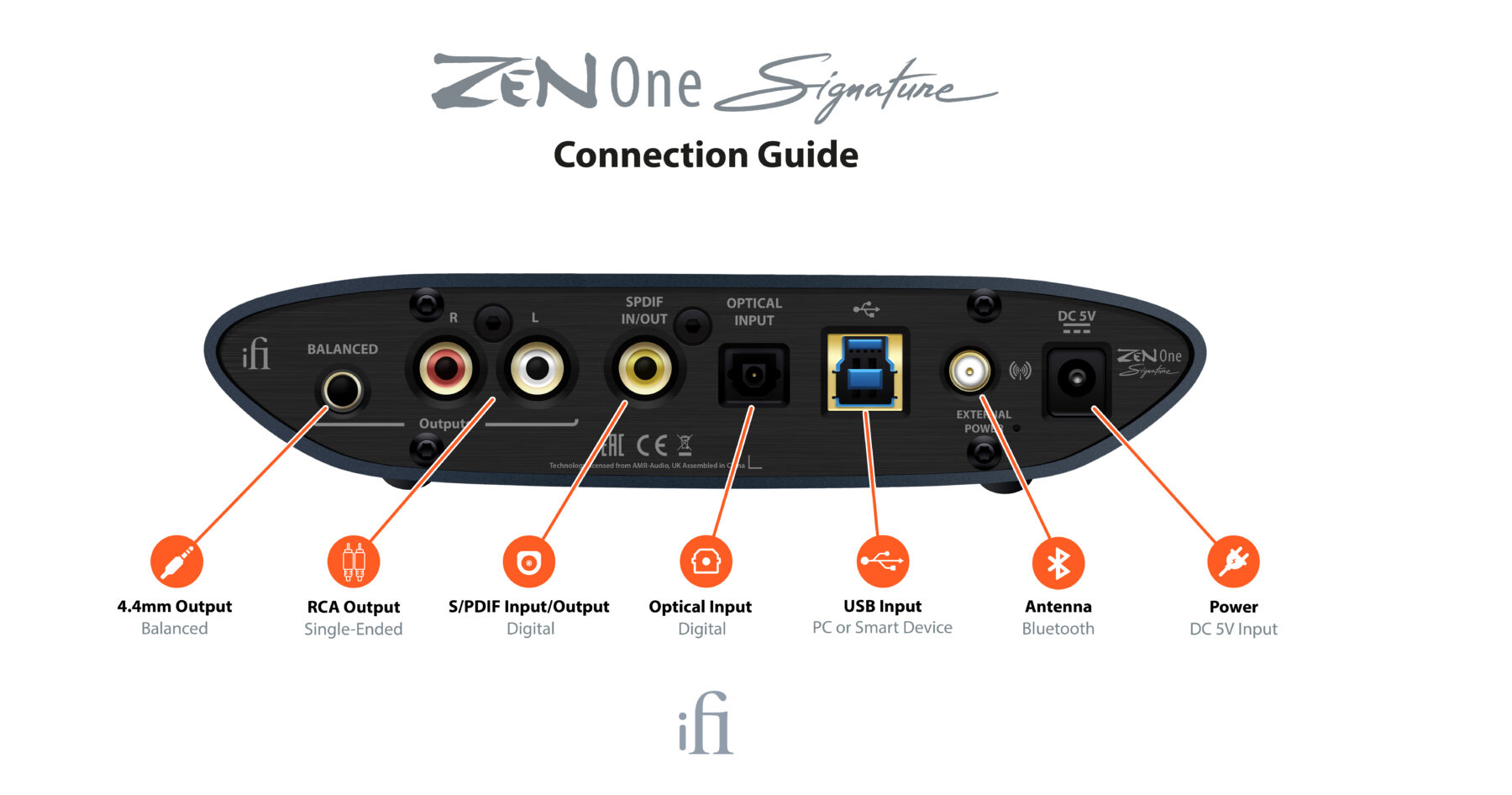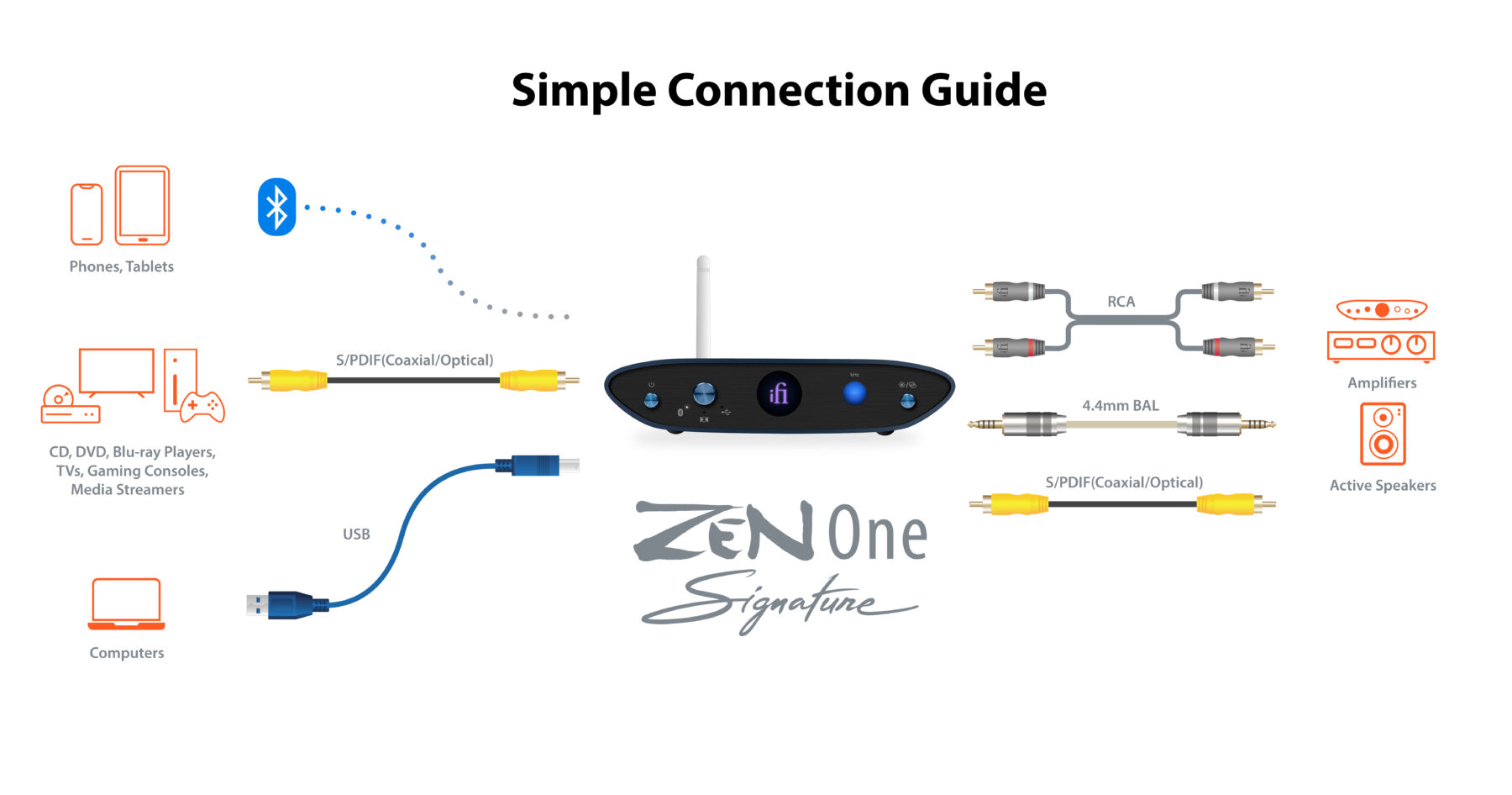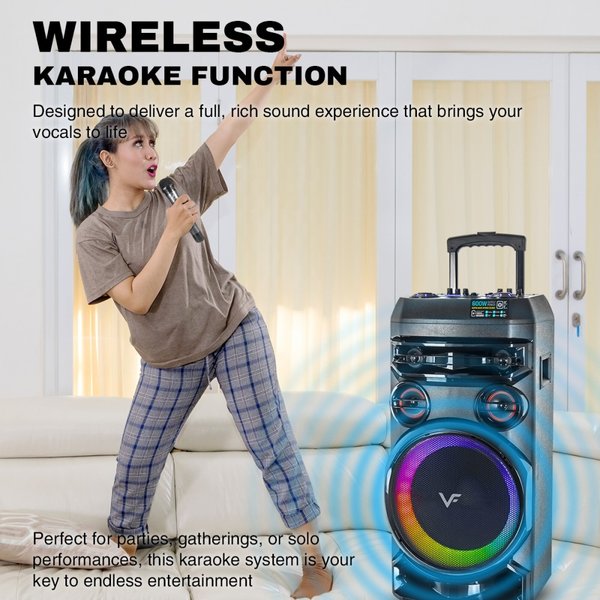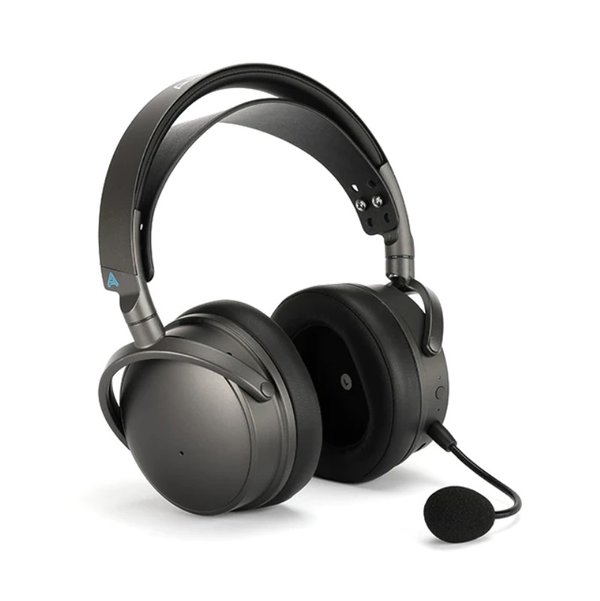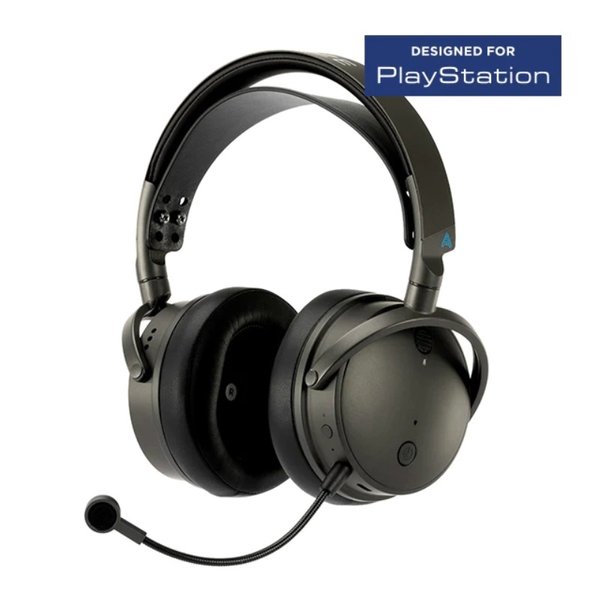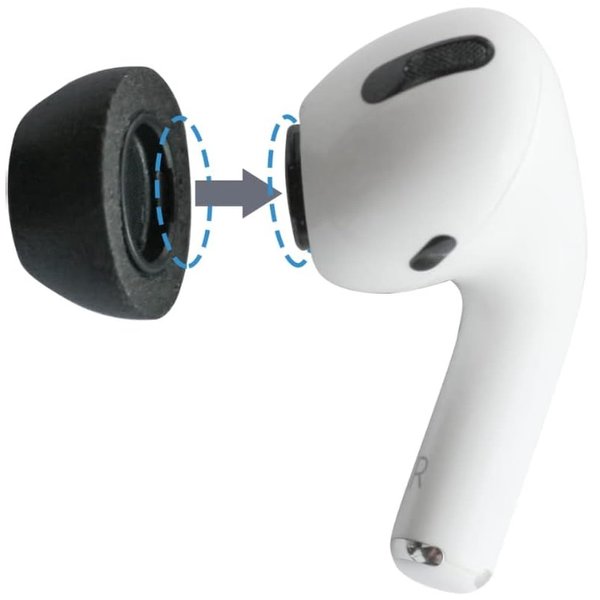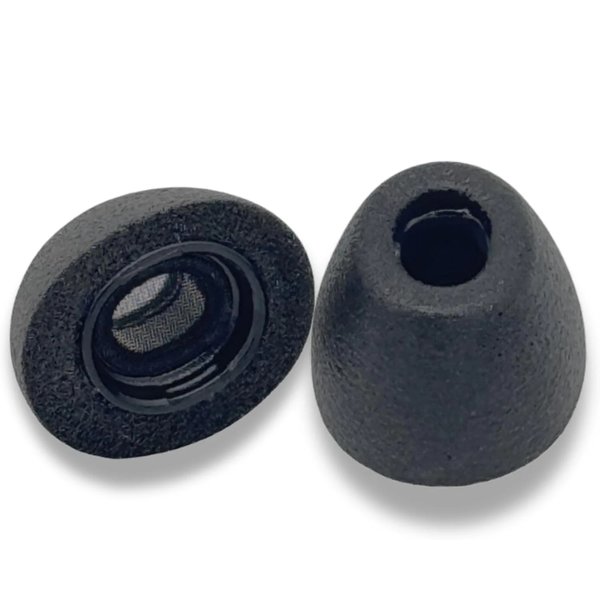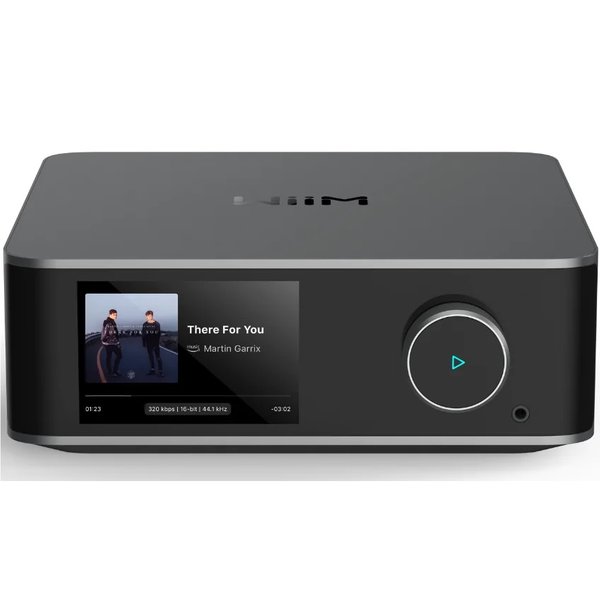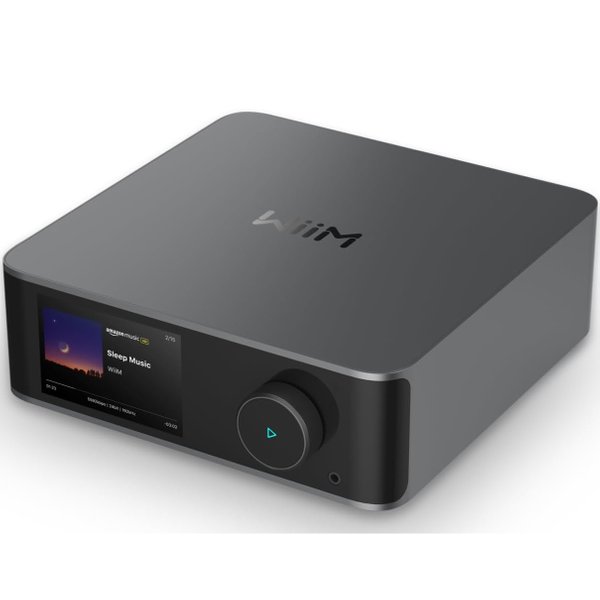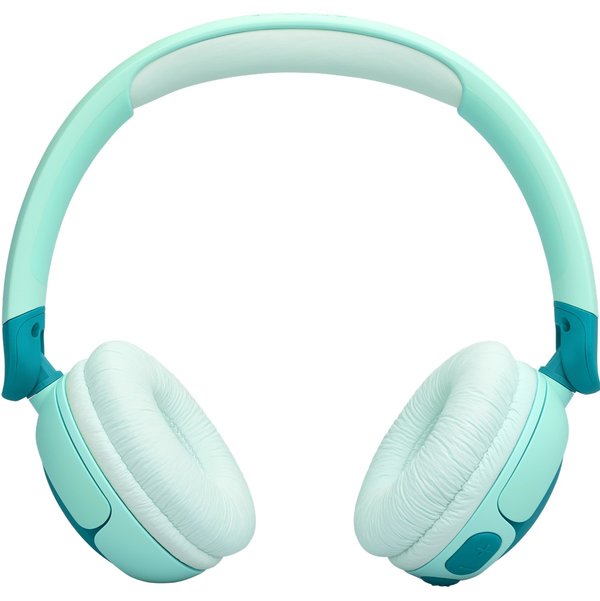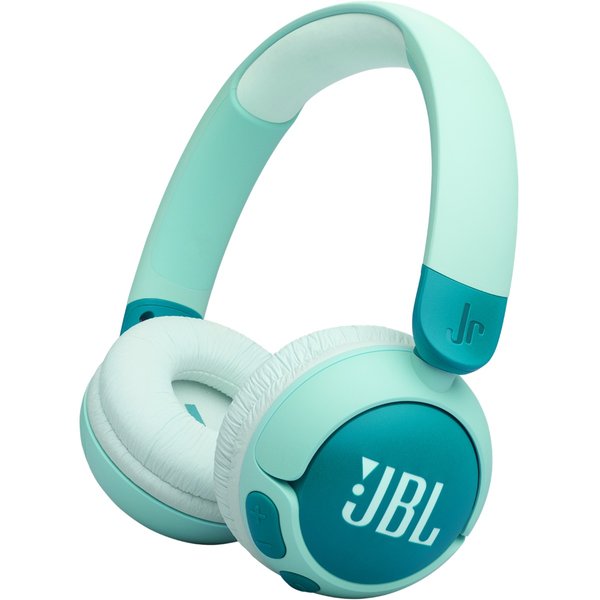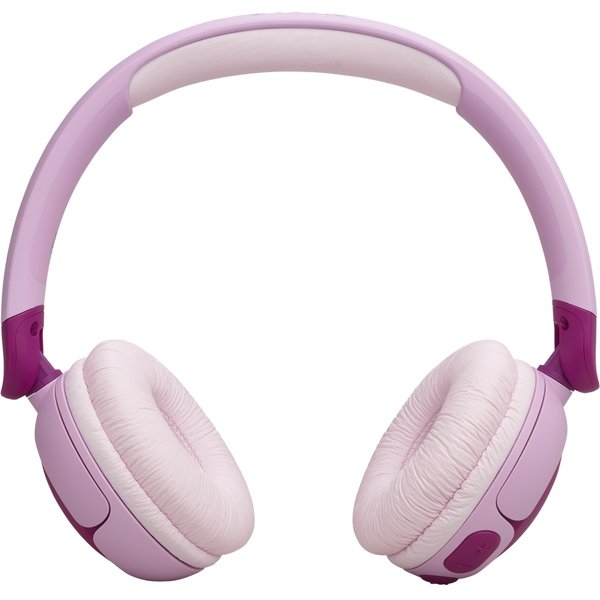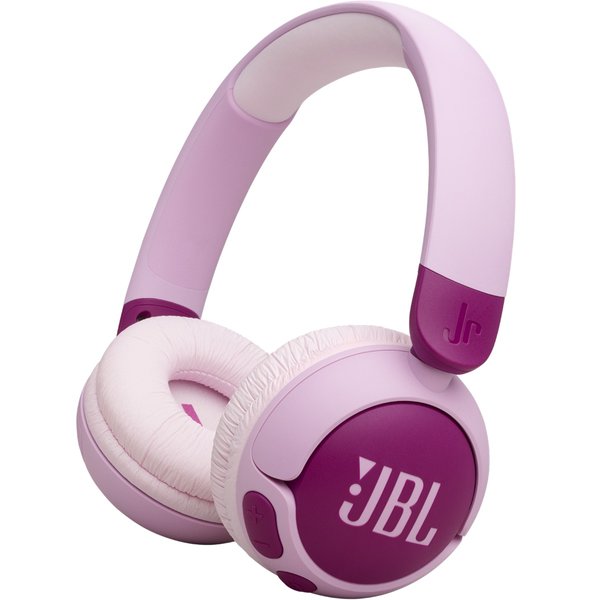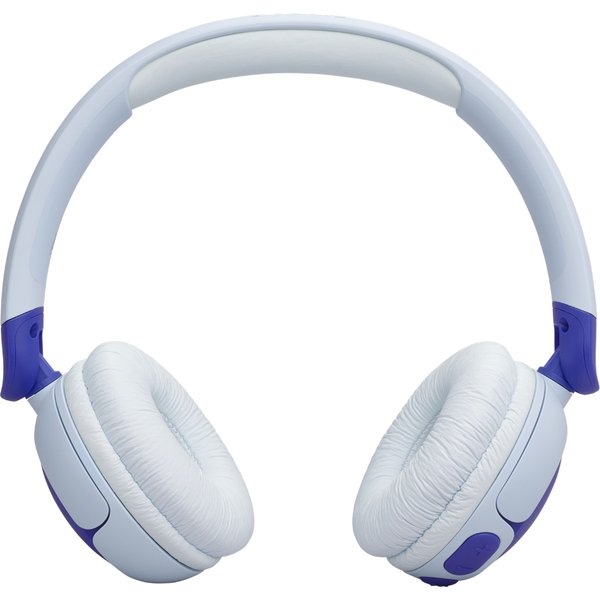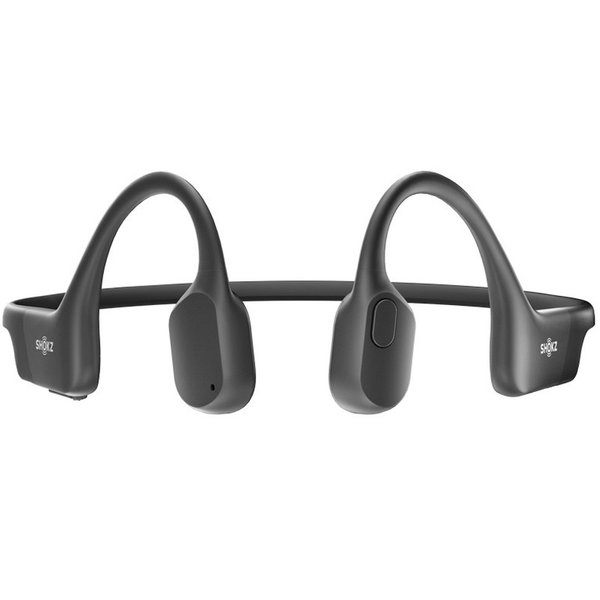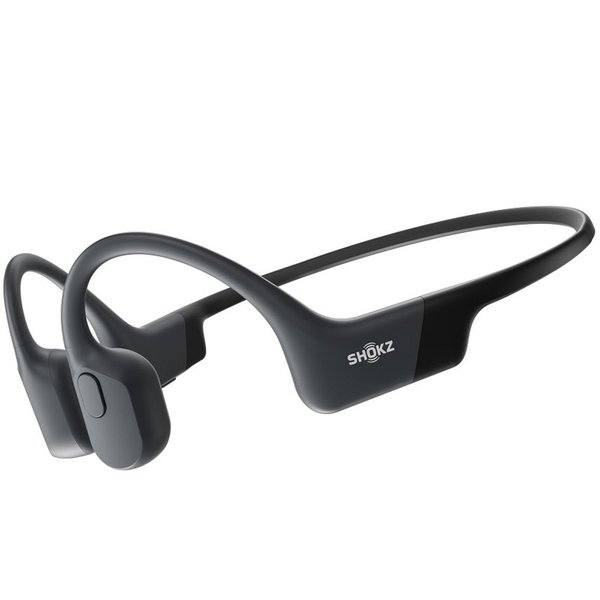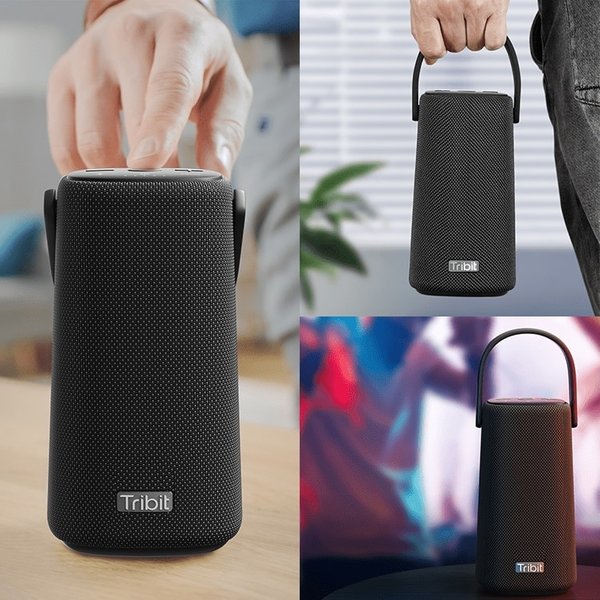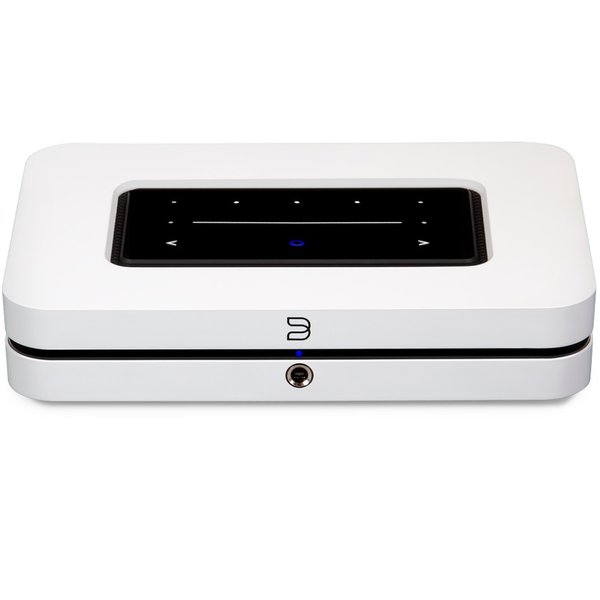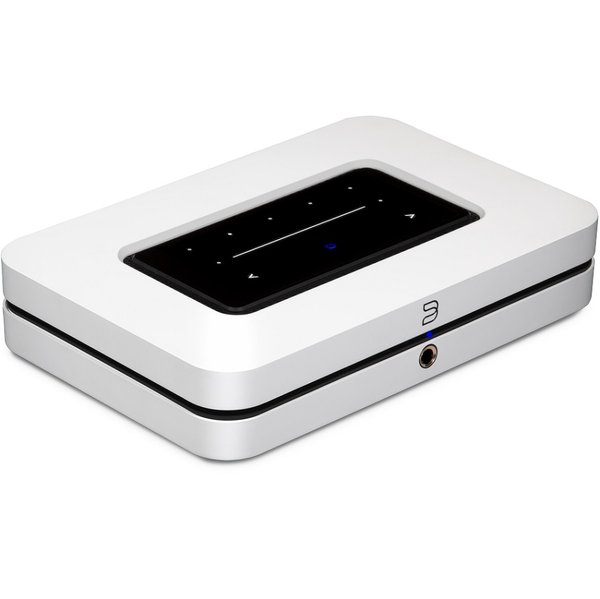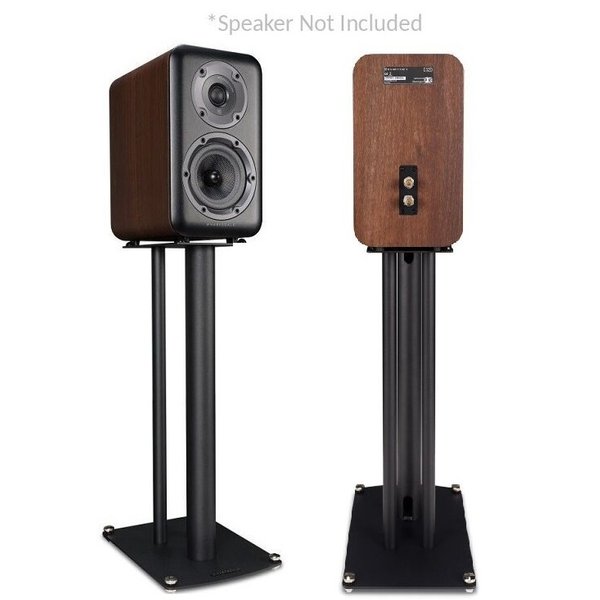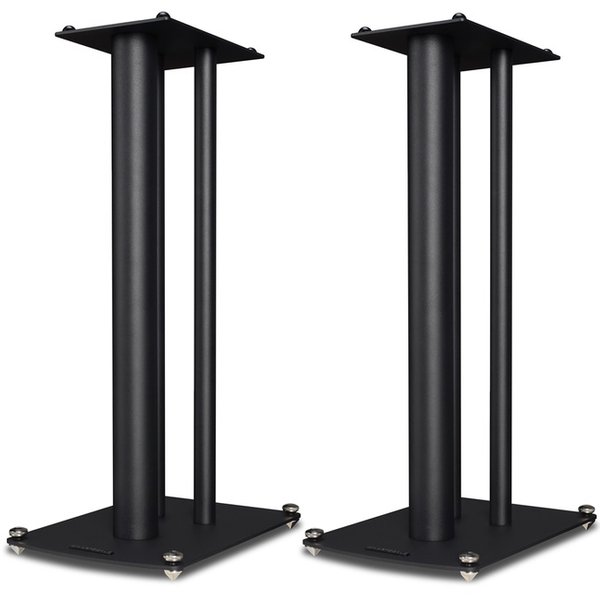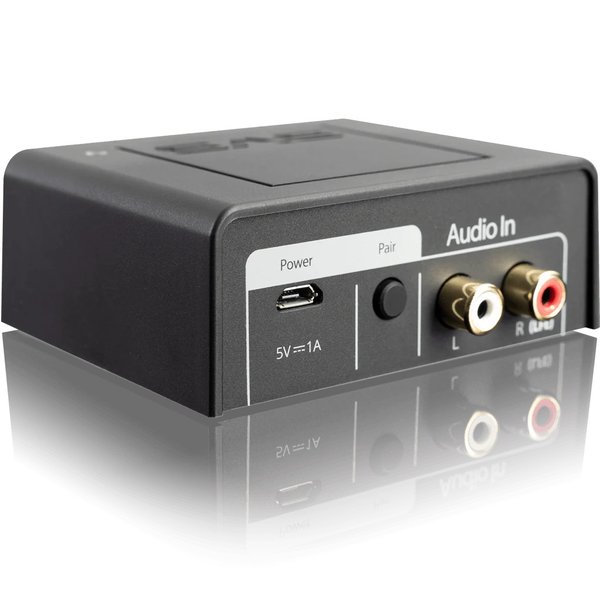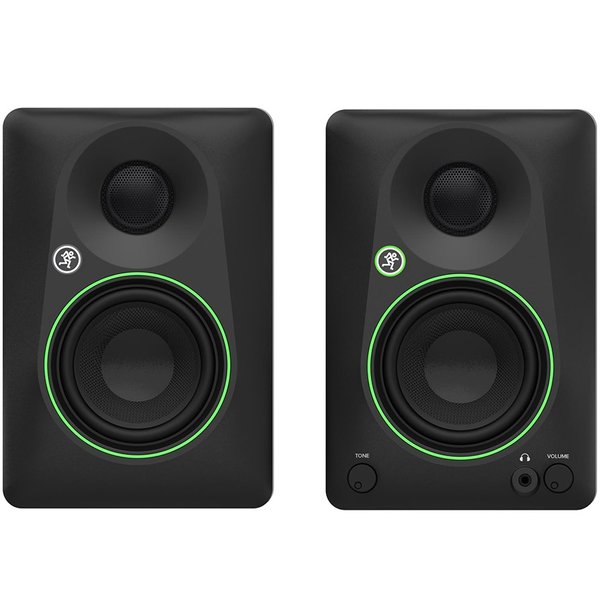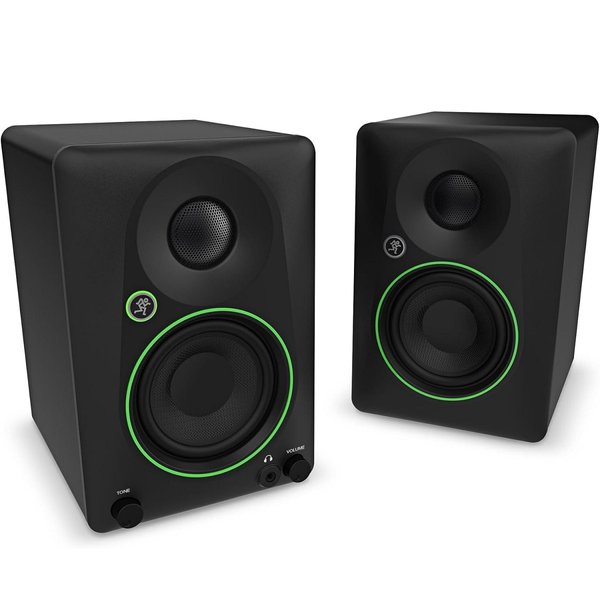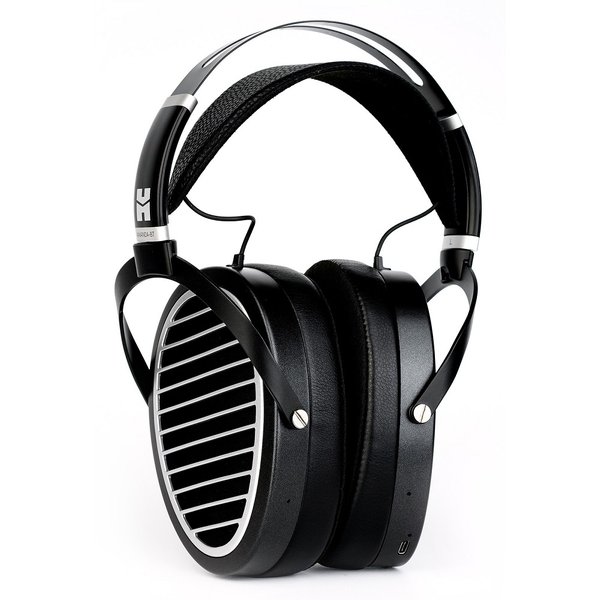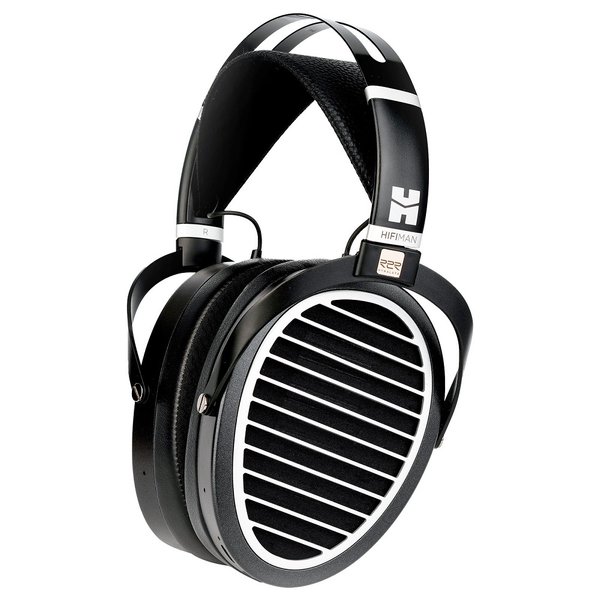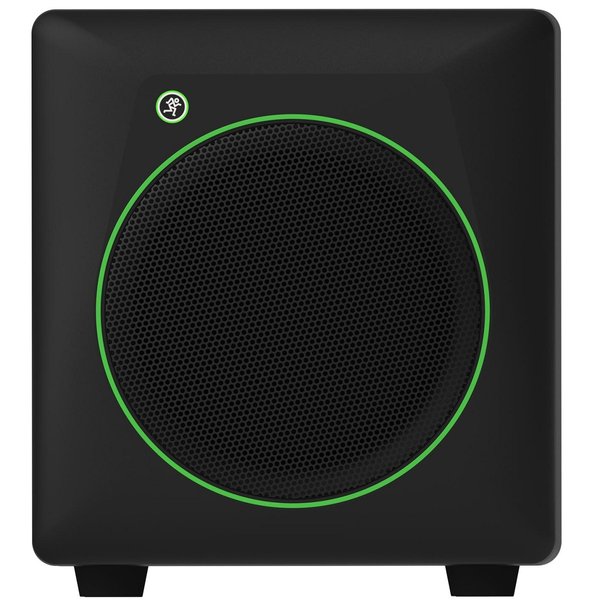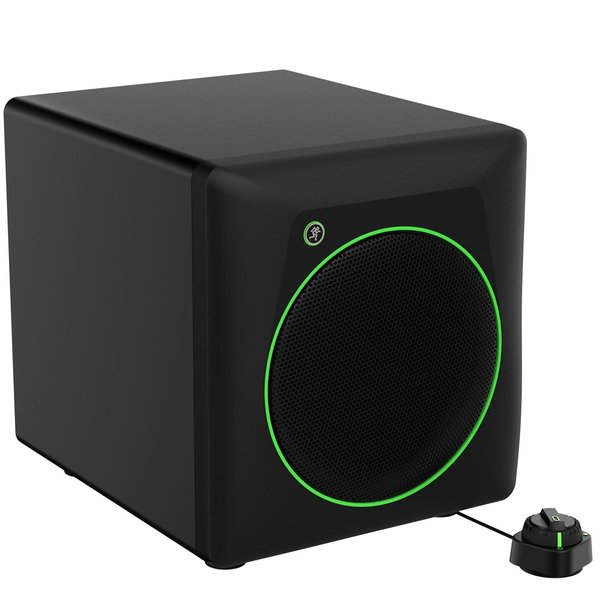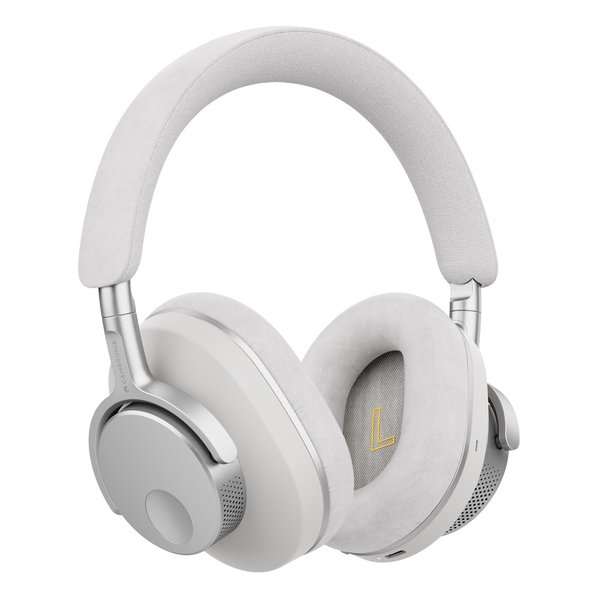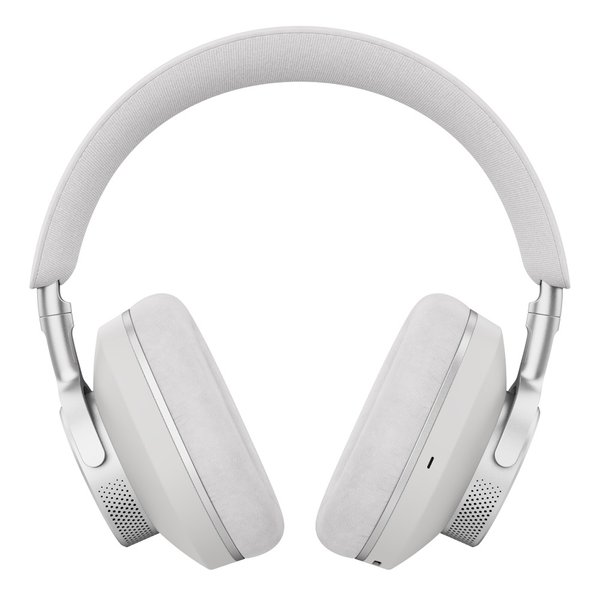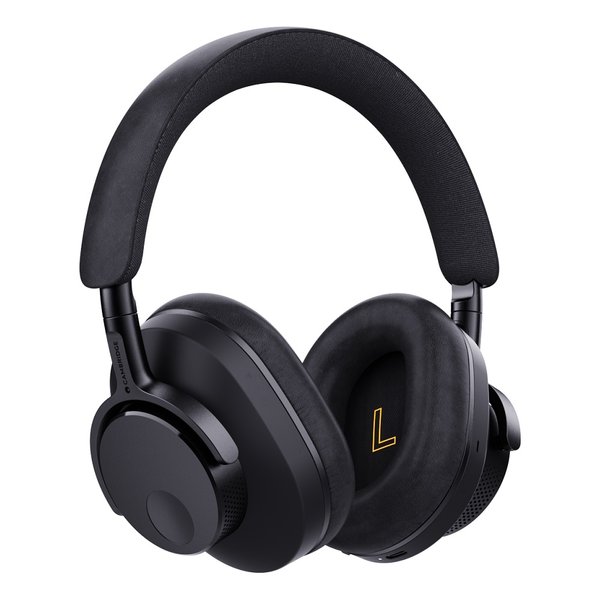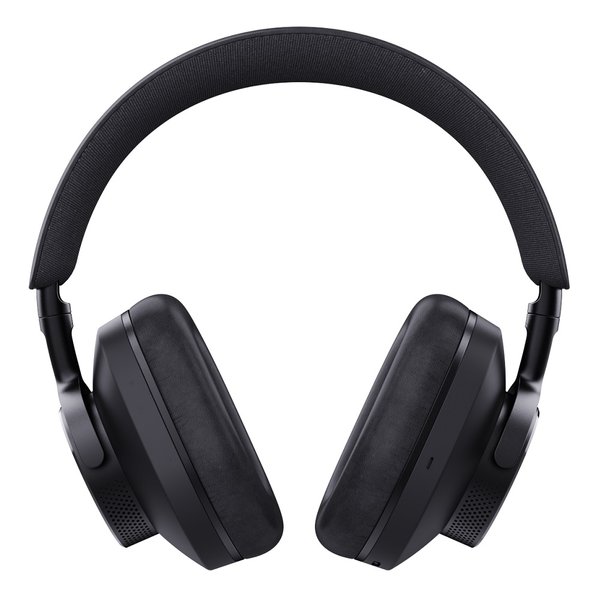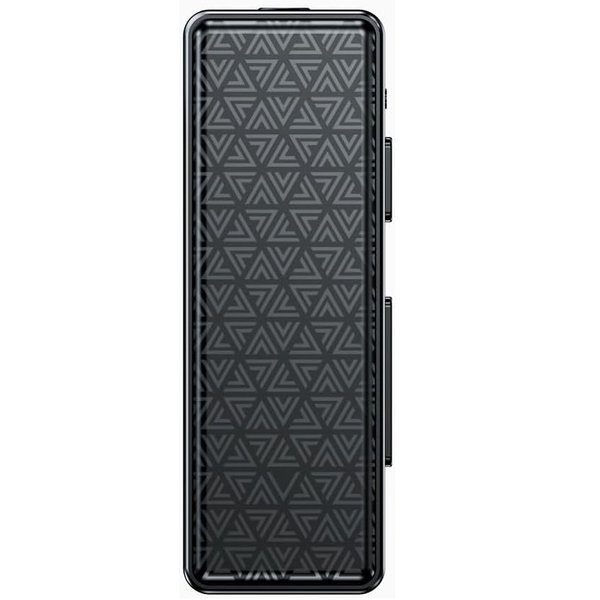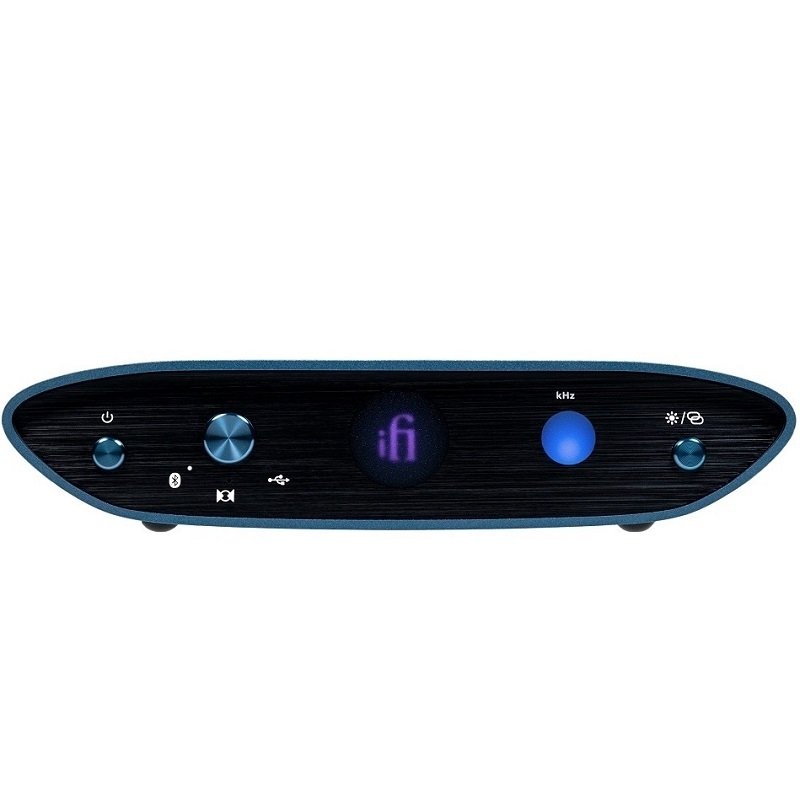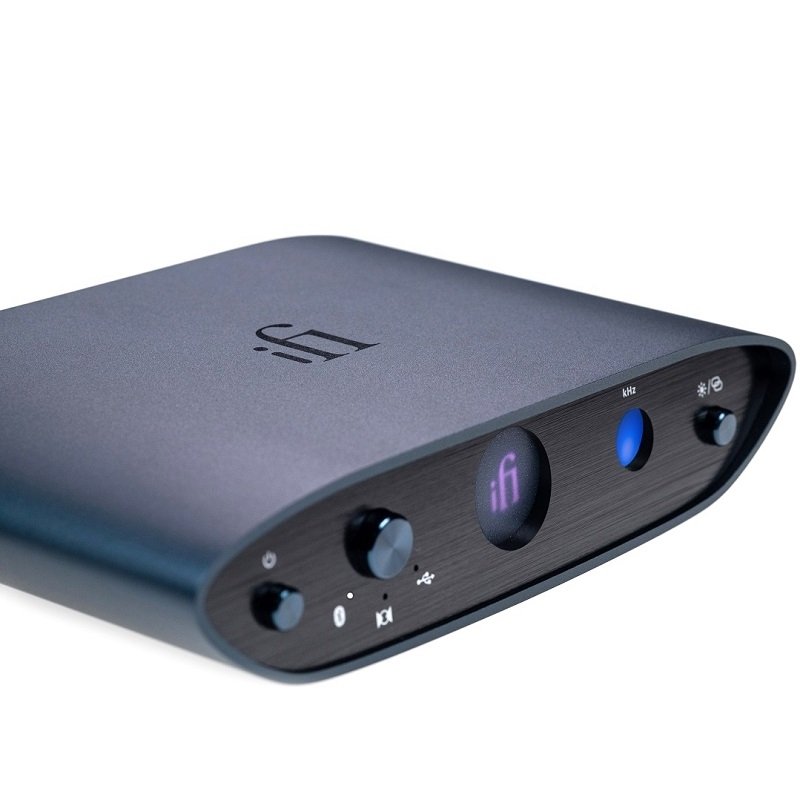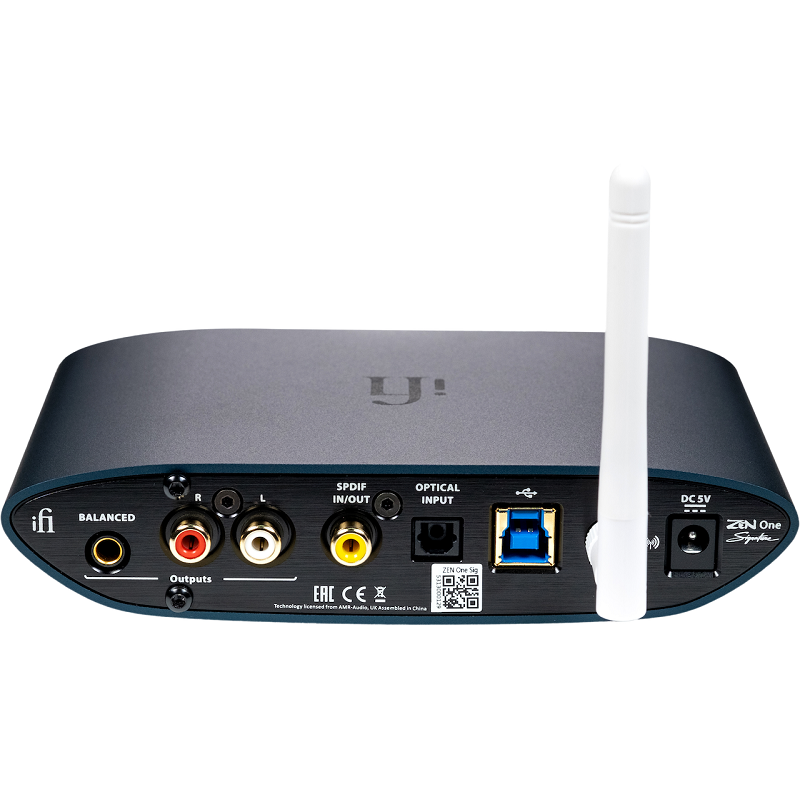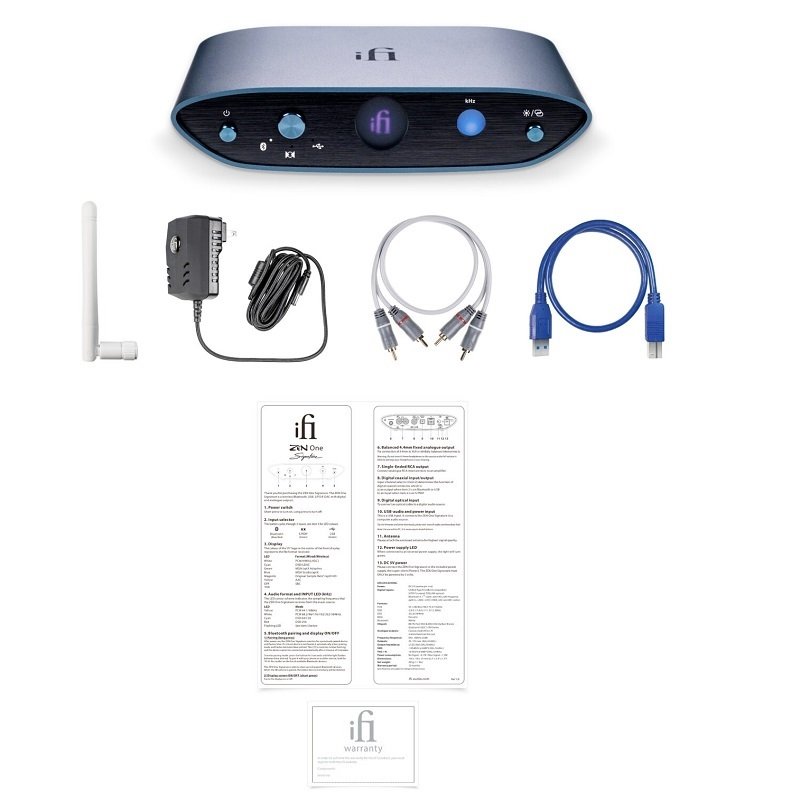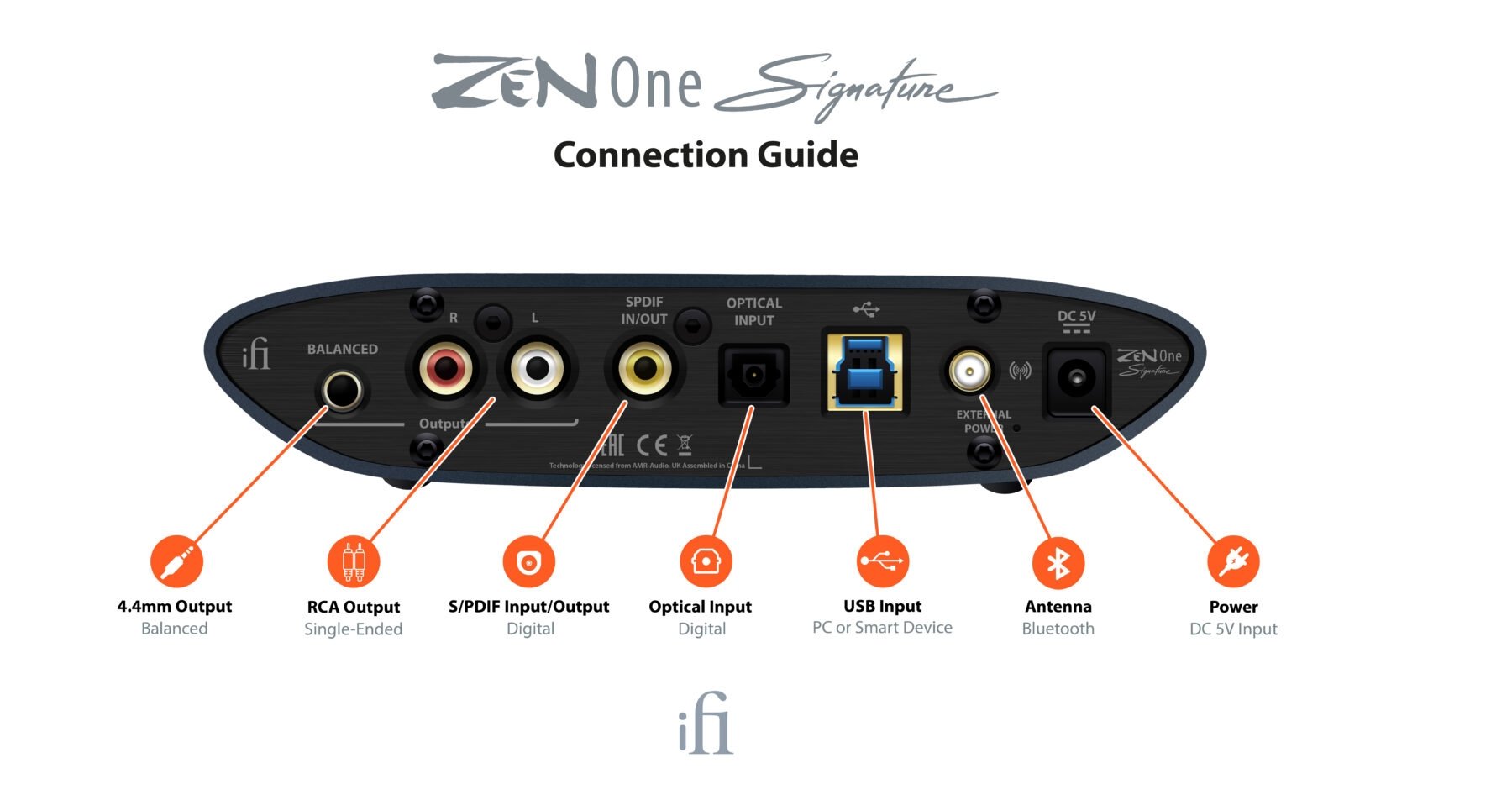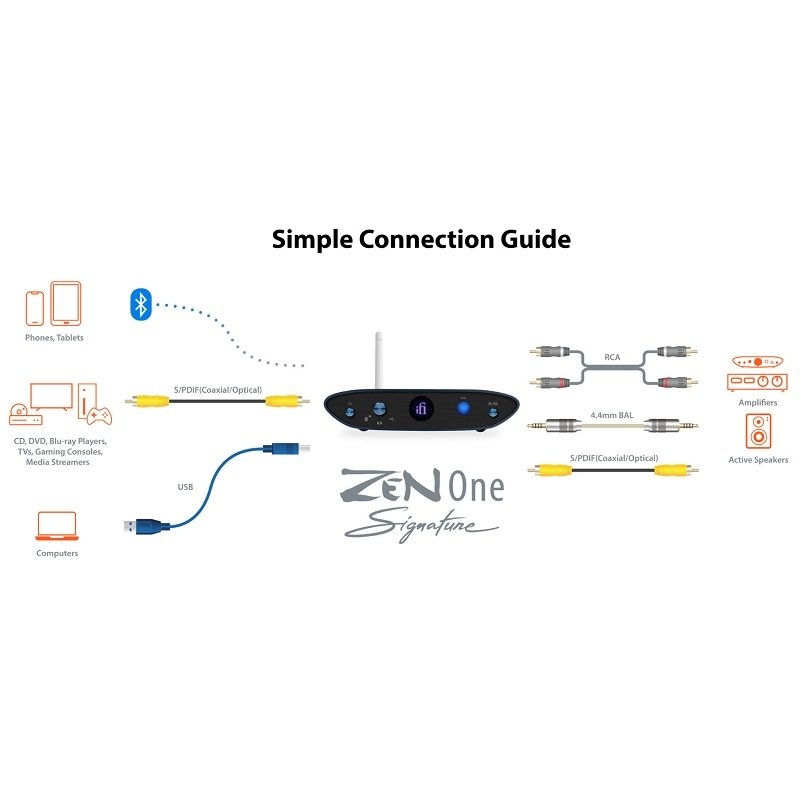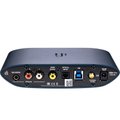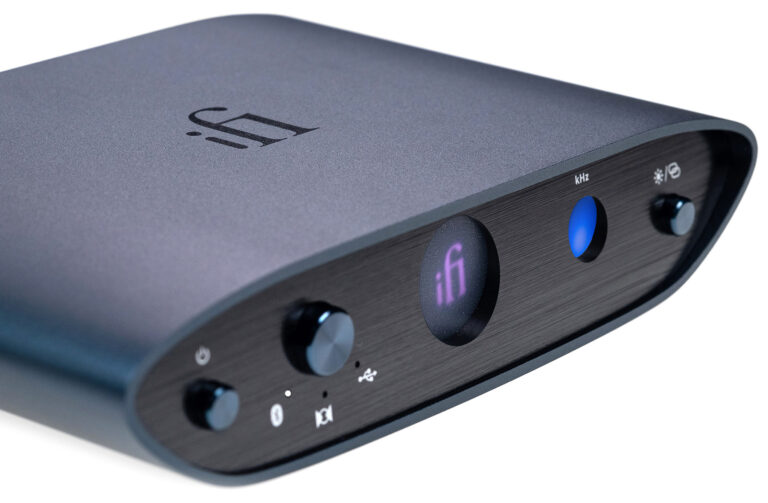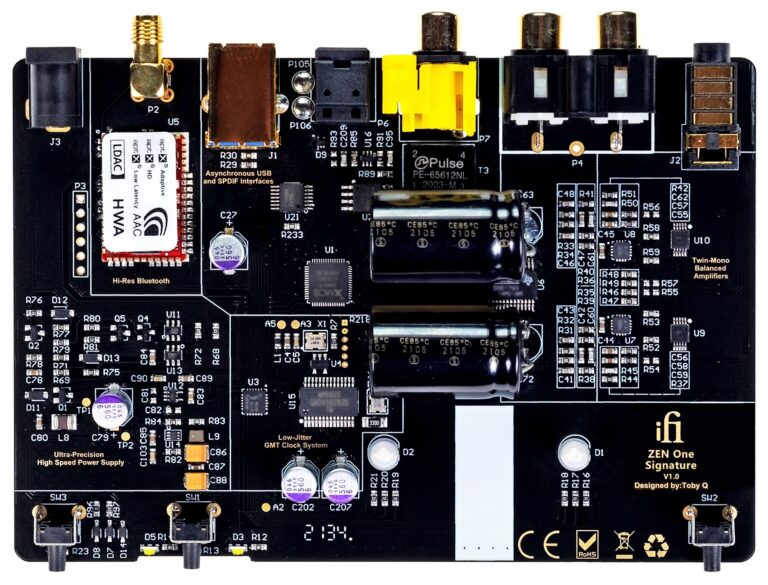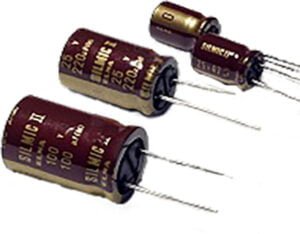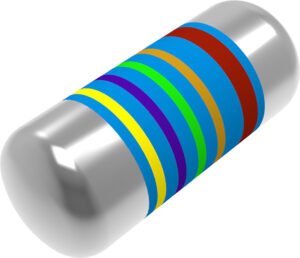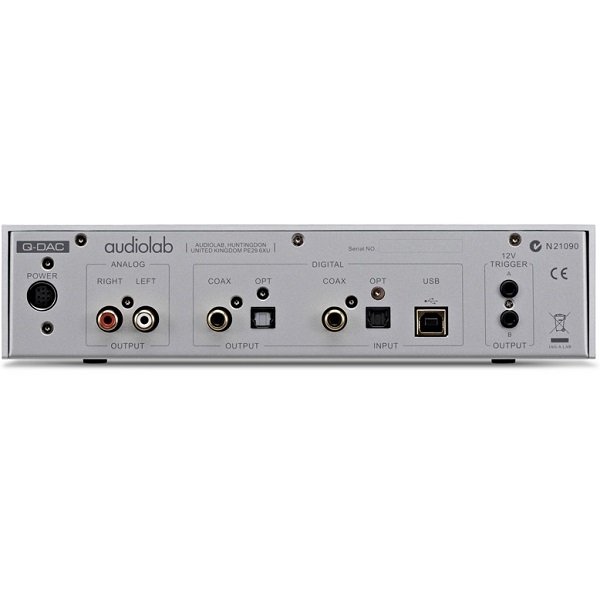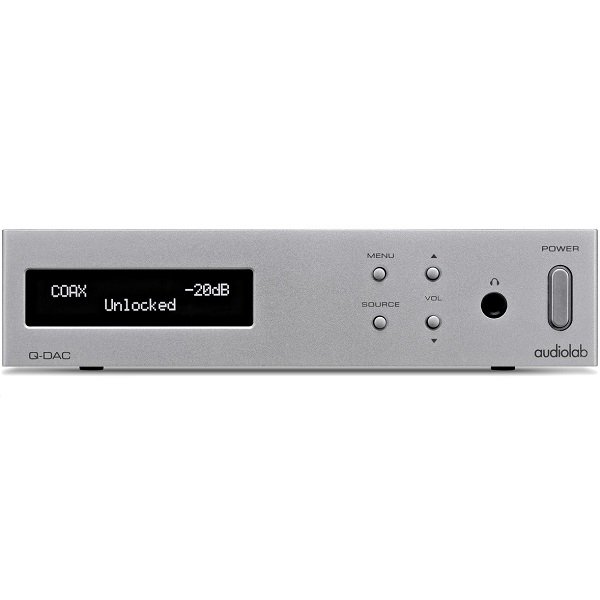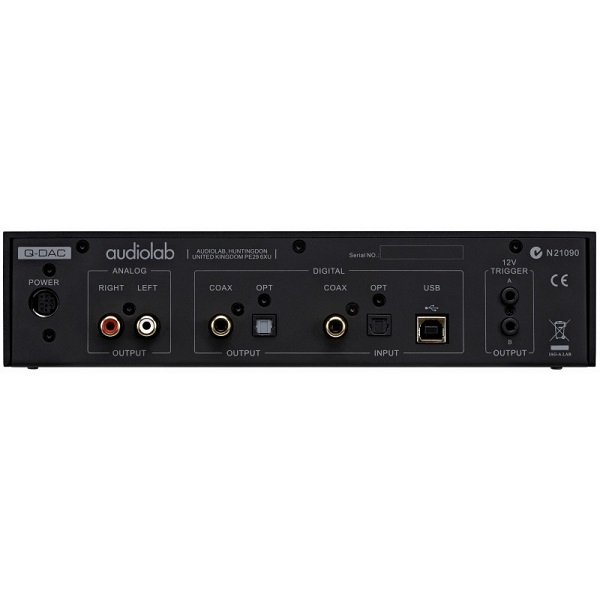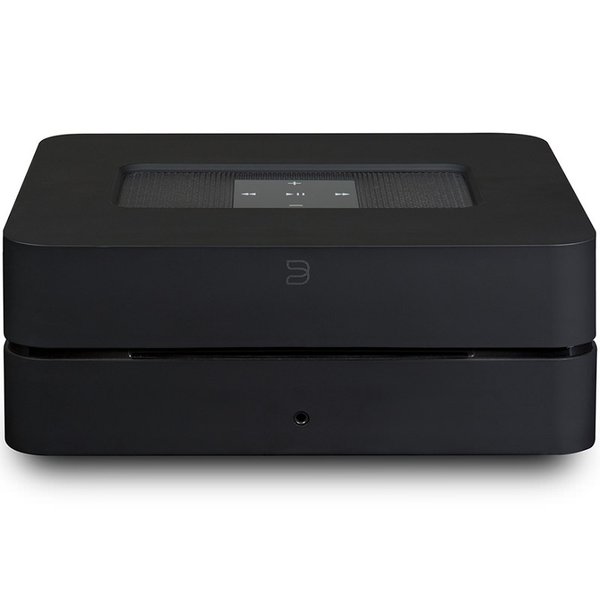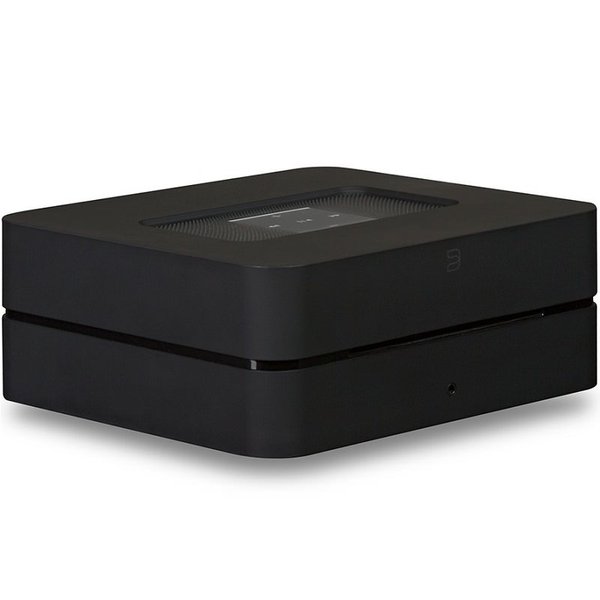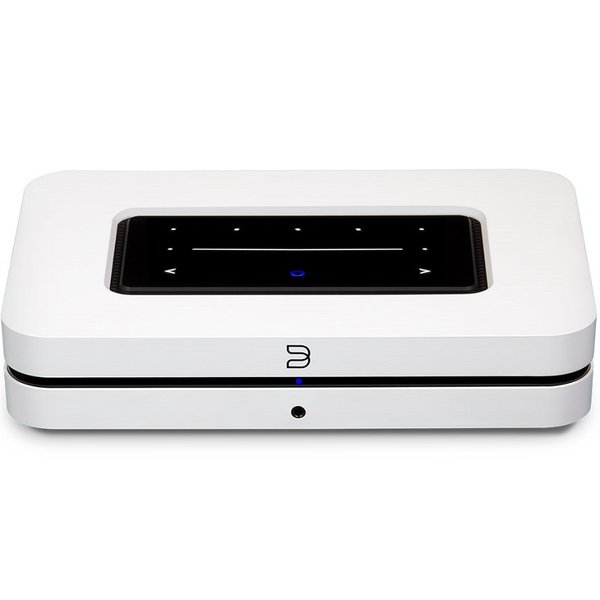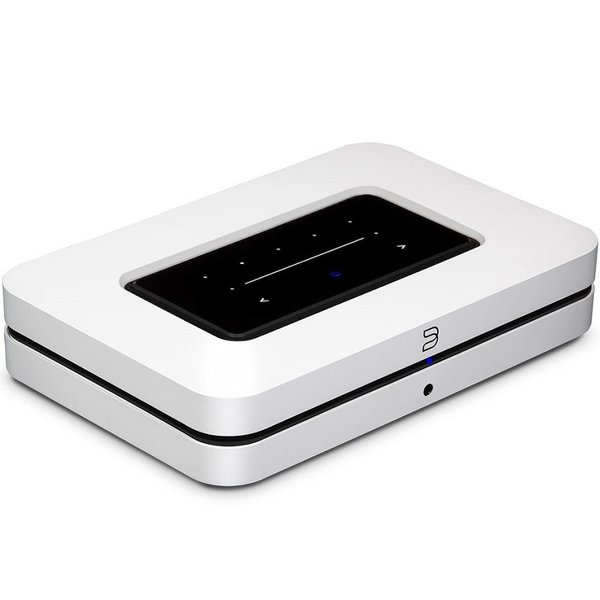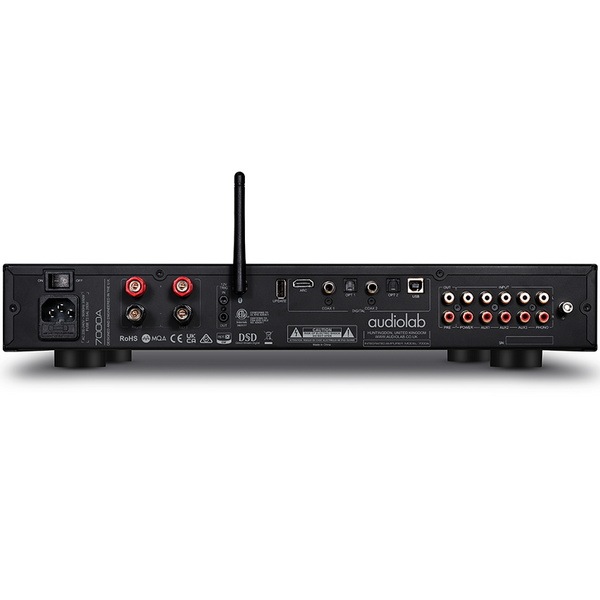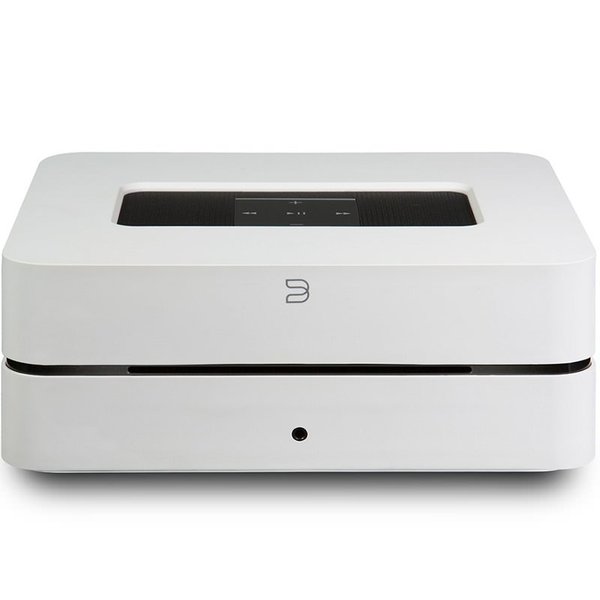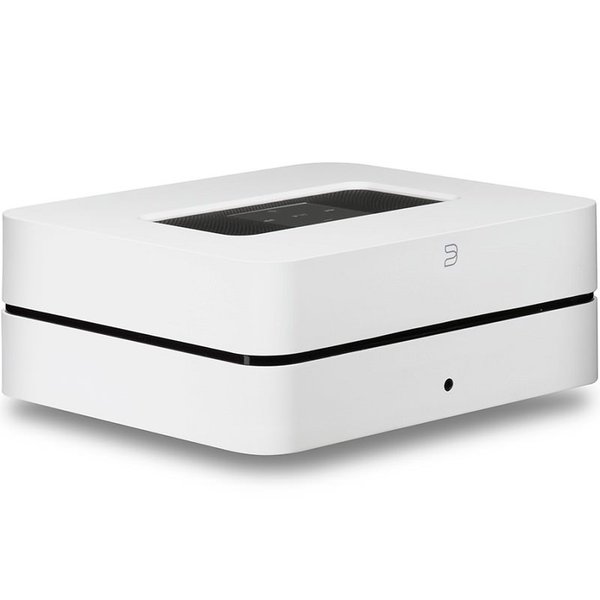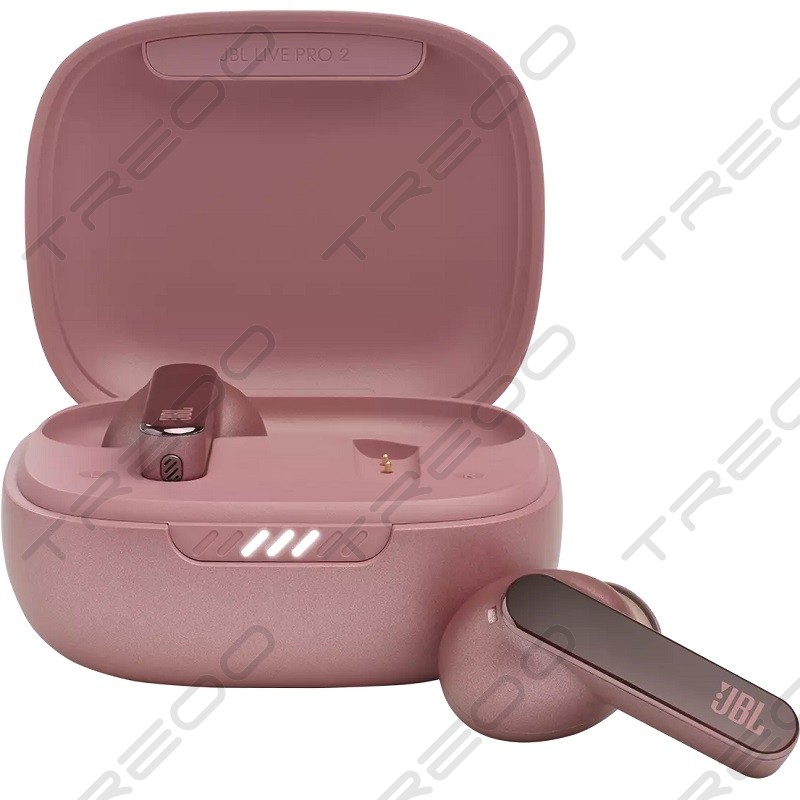We use Qualcomm’s new QCC5100 Bluetooth processing IC in combination with proprietary circuits to create an audibly superior ‘Bluetooth engine’.
All the current high-definition Bluetooth audio formats are supported – Qualcomm’s aptX Adaptive and aptX HD, Sony’s LDAC and HWA’s LHDC, regular aptX and aptX Low Latency, AAC (Apple iOS devices) and SBC (the ‘plain vanilla’ Bluetooth codec).
Of the 24-bit-capable codecs, aptX Adaptive and aptX HD support up to 48kHz, while LDAC and LHDC reach 96kHz.
iFi’s ‘Bluetooth engine’ can also be updated over-the-air, so future codecs may be added.
The Burr-Brown True Native® chipset means file formats remain unchanged or ‘bit-perfect’. This means you are listening to music as the artist intended in the format in which it was recorded.
At iFi we use Burr Brown extensively in our products having selected it for its natural-sounding ‘musicality’ and True Native architecture. Our experience with this IC means we know how to make the most of it.

MQA (Master Quality Authenticated)
MQA is an award-winning British technology that delivers the sound of the original master recording. The master MQA file is fully authenticated and is small enough to stream or download. The ZEN One Signature adopts MQA technology to receive and decode MQA audio and provide master-level sound.
It is a superior method to the traditional single-ended circuit approach. Balanced circuits reduce noise and crosstalk. Less Interference – clearer sound.
You normally find this set-up in products at the higher end of the price spectrum such as the Pro iCAN but iFi is now using this across its range to produce the best quality audio for all our customers.
Extensive jitter-eradication technologies are applied to the digital stage, including our GMT (Global Master Timing) femto-precision clock and the intelligent memory buffer.
The low-jitter crystal clock has been updated to provide >20dB better performance
Panasonic OS-CON caps totaling 5,410uF give very-low Equivalent Series Resistance (ESR), excellent noise reduction capability and frequency response characteristics. In addition, OS-CONs have a long-life span and its ESR changes little even at low temperatures since the electrolyte is solid.
They are not often found in products costing <US$1000.
Texas Instruments low-noise ICs offer great unity-gain bandwidth, very low noise and distortion, high output drive capability, Common-mode and Power Supply Rejection Ratios of over 100 dB, wide maximum-output-swing bandwidths and high slew rates.

muRata control-type, low-ESR high-Q multi-layer capacitors. The ‘ESR control’ aspect of the Murata is something special. Their noise suppression abilities are impressive.
We use ELNA Japan Silmic II capacitors for the power supplies.
The primary constituent of the newly developed dielectric is silk fibre. This material was believed as unfathomable as an aluminium electrolytic capacitor. The new material beats silk fibre and mixes it with Manila hemp fibre to provide the dielectric to an aluminium electrolytic capacitor used for high-grade music. The result is second-to-none superior acoustic properties and excellent linearity.
Vishay MELF resistors – complex, costly but superior.
These metal electrode leadless face resistors have excellent accuracy, stability, reliability, and pulse load capability. They provide optimal power rating and pulse load capability. They show some of the lowest noise and distortion of any resistor available in the market, period.
TDK C0G (Class 1 ceramic) capacitors offer high stability and low losses for resonant circuit applications.
Getting ever closer to the theoretical ideal of pure, frequency-constant capacitance, these capacitors reduce capacitor-induced distortion to vanishingly low levels.
They are pricey but are a perfect addition to our products.

